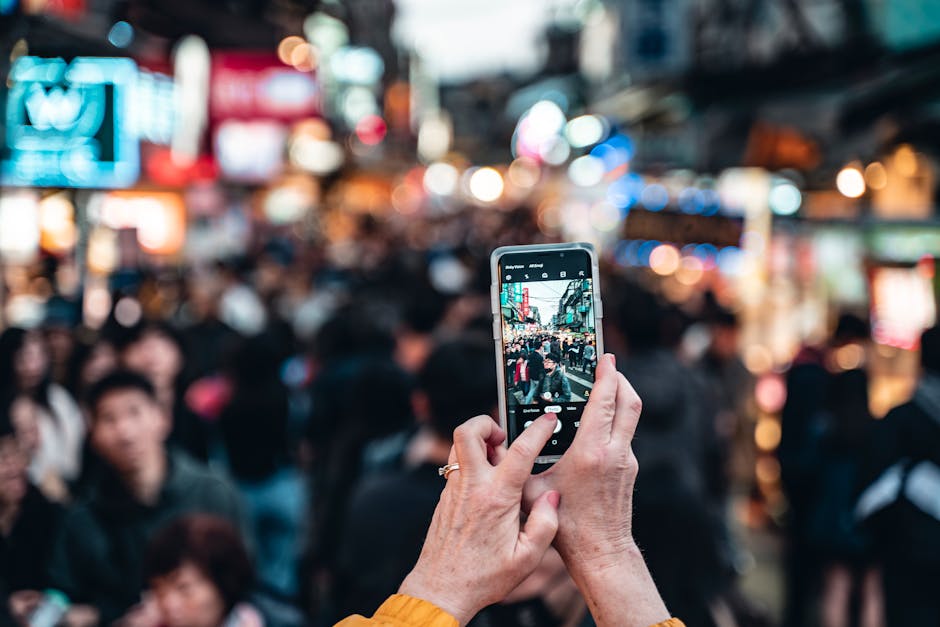The Art of Travel Storytelling: Capturing Your Adventures
Travel storytelling is an age-old practice that continues to captivate audiences, bridging the gap between personal experiences and universal themes. Through well-crafted narratives, travelers have the unique opportunity to preserve their memories, inspire others, and provide insights into the rich diversity of our planet. It is more than simply recounting events; it’s about crafting a vivid tapestry of emotions, landscapes, cultures, and connections that resonate deeply with readers or listeners.

Understanding the Essence of Travel Storytelling
At its core, travel storytelling is about sharing experiences in a way that connects with others emotionally and intellectually. Unlike traditional travel logs that focus solely on itineraries or destinations, a compelling travel story explores the "why" behind It delves into interactions with people, the history of a place, and the lessons learned along the way.
Effective travel storytelling often incorporates sensory details, what you saw, heard, smelled, tasted, or felt during your adventures. By painting a vivid picture, you can transport your audience to the very streets you walked or the serene landscapes you admired.
One significant aspect is authenticity. Stories grounded in genuine experiences often resonate more strongly than those embellished or overly polished. Readers are drawn to stories that reflect real challenges or surprising encounters, as these elements highlight the unpredictability and richness of travel.
Structuring Your Travel Narrative
A clear structure is essential for maintaining reader engagement. While spontaneity is a hallmark of travel, your storytelling should follow a logical sequence that makes it easy for your audience to follow.
- Introduction: Begin with an engaging opening that sets the scene or introduces a central theme.
- Main Body: Divide your story into key moments or chapters. These could highlight specific locations, encounters, or turning points in
- Conclusion: Reflect on what the experience meant to you and how it might inspire others.
Avoid overwhelming readers with too many details. Instead, focus on moments that had the greatest impact on you and weave them into your narrative thoughtfully.
The Role of Visuals in Travel Storytelling
A picture might be worth a thousand words, but in travel storytelling, it serves as an essential complement rather than a replacement for narrative. When using visuals in your storytelling, ensure they align with your narrative's tone and message. For instance, if you're describing a tranquil mountain retreat, use imagery that captures its peaceful essence rather than chaotic snapshots from busy tourist spots nearby. An emerging trend among storytellers is pairing short video clips with written reflections. These multimedia elements create immersive experiences for audiences while catering to diverse preferences in content consumption.
The Impact of Cultural Context
A great travel story doesn't exist in isolation, it acknowledges and respects the cultural contexts of the places visited. This involves going beyond surface-level observations to explore local customs, traditions, and histories.
For example, instead of merely mentioning a visit to Kyoto's Arashiyama Bamboo Grove in Japan, delve into its significance within Japanese culture and its connection to Zen Buddhism. Understanding these aspects enriches your storytelling while demonstrating respect for local heritage.
Interviewing locals or participating in community activities can also provide fresh perspectives that enhance your narrative. Authentic insights gained from such interactions often resonate deeply with readers who appreciate stories that go beyond typical tourist experiences.
Incorporating Personal Growth
The best travel stories often reflect personal growth or transformation resulting from Whether it's overcoming fears during an adventurous trek or gaining new perspectives through cultural exchanges, these moments add depth to your narrative. Consider reflecting on how specific experiences challenged or changed you. Did hiking Patagonia’s rugged terrains teach resilience? Or did volunteering at an elephant sanctuary in Thailand deepen your understanding of wildlife conservation? By sharing these introspections honestly, you can connect with audiences on a deeper level.
Technology in Modern Travel Storytelling
Advancements in technology have revolutionized how we document and share our travels. From social media platforms like Instagram to blogging tools such as WordPress or Medium, there are countless ways for storytellers to reach global audiences instantly.
| Tool/Platform | Purpose |
|---|---|
| Visual storytelling through photos and short videos. | |
| YouTube | Creating detailed video narratives about travel experiences. |
| Medium | Publishing long-form written content with integrated visuals. |
| Crowdsourced Maps (e.g., Google Maps) | Sharing geo-tagged photos and reviews for added context. |
While these tools offer immense potential for creativity and outreach, it's important not to lose sight of storytelling fundamentals: authenticity and meaningful connections should always take precedence over chasing likes or shares.
Nurturing Your Unique Voice as a Storyteller
No two travelers experience a destination the same way. Your unique voice is what sets your story apart from countless others covering similar places or themes. This voice emerges naturally when you write from personal experience without trying too hard to emulate popular styles or trends within travel media. Over time (and with practice) you’ll develop confidence in expressing yourself authentically while maintaining professionalism where necessary.
This article was generated by AI